Every skin in CS2 has a wear rating that runs on a scale from 0.00 to 1.00, and that number decides its condition tier: Factory New (0.00–0.07), Minimal Wear (0.07–0.15), Field-Tested, Well-Worn, and Battle-Scarred. Collectors don’t just want the skin, they want the best possible version of it, and that tiny float number pushes the price into the stratosphere.
How Does Float Value Influence the Look
Skins on Factory New (0.00–0.07) are clear, bright, and clean; there is no scratching, details are sharp, and colors are attractive. As you get into Minimal Wear, you'll begin to see minor scuffs around the borders, similar to battle scratches, but nothing significant. The skin may appear substantially duller, with more worn marks and fading colors by the time you hit Field-Tested. Battle-scarred and well-worn? The design may appear to have been dragged on battles a thousand times at that point, since it may be damaged, washed out, or even missing large patches of paint.
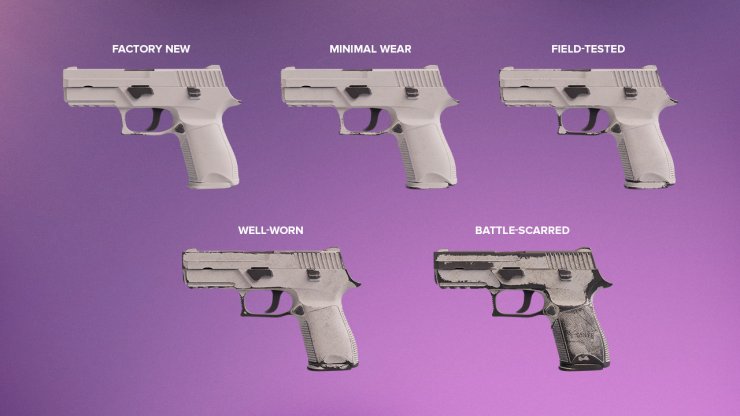
Why The Skins May Have Different Prices?
Two identical skins aren’t actually identical once you dig into the details. The biggest factor is the float value (wear rating). Every skin has a number between 0.00 and 1.00 that decides whether it’s Factory New, Minimal Wear, Field-Tested, etc. A skin with 0.05 float (FN) can be worth triple the price of the same skin at 0.25 float (FT), even if to your eyes they look almost the same. Collectors and traders pay crazy premiums for the “mint” versions.
Then there are patterns. Some skins, like Case Hardened or Fades, roll unique patterns on every drop. That means one Karambit Case Hardened might have a boring mix of silver and brown, while another lands the mythical full-blue “Blue Gem”, same skin on paper, completely different value in the market.
On top of that, you’ve got extras like StatTrak counters, which make skins rarer, and stickers or crafts, which can either boost or tank the price depending on what’s slapped on. And don’t forget supply history, a skin from a discontinued case is always going to creep up in value, while one that still drops will stay cheaper.
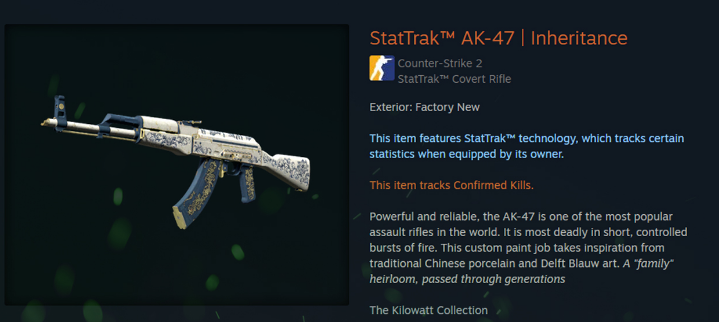
Special Skins
Skins that are special because of how CS:GO wear rating changes their look, not just rarity in general.
Take the AWP Asiimov. In Factory New, it’s bright white and orange, but as the float goes up, the paint chips off, and it turns into this gritty, greyed-out beast. Battle-Scarred Asiimovs almost feel like they’ve survived a thousand clutch rounds, and some players actually prefer that worn-down catastrophe vibe.
Then there are Fades like knives, Glock, and MAC-10. The float literally controls how much of the fade shows. A 100% Fade covers the whole blade in glowing gold-pink-purple, insanely expensive. But a lower float might cut it short, so only part of the blade has the shine. That float percentage is why two “identical” knives can be worlds apart in price.
Case Hardened skins, like Karambits, AKs, Five-Seven, are another huge one. The float and pattern work together; higher floats can dull the blues and bring out more silver, while low floats make the colors appear harder. That’s why Blue Gems are god-tier, full rich blue with a clean float is basically priceless.
Even stuff like the AK-47 Fire Serpent changes a lot. In low floats, the green serpent looks sharp and defined; in high floats, the colors fade and the design loses detail. Collectors pay insane premiums for clean FN versions.

Conclusion
Therefore, when two skins resemble "identical," the differences lie beneath the outer layer, like their wear tier, floats, and how particular collectors are about owning the "ideal" version. Wear transforms every drop into something exceptional, which is why it's so important. For collectors, those little digits might make the difference between a skin worth thousands of dollars and pennies.
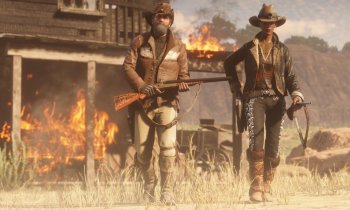

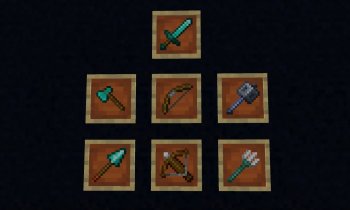

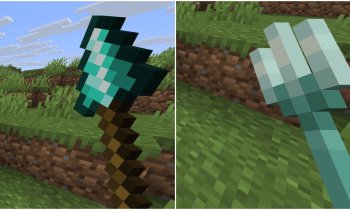





Comments